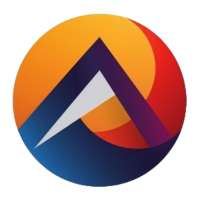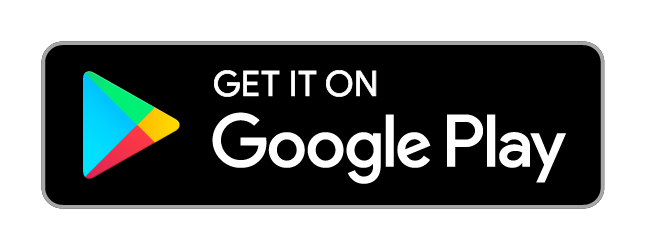There are many good intentions when addressing the financial challenges Indigenous Australians face. But real impact comes from programs that understand the importance of trust, culture, and community context. Fortunately, several government-backed initiatives are doing exactly that—offering financial services for indigenous Australians and the kind of long-term support that helps people feel confident about their money.
One of the most influential is the Indigenous Outreach Program (IOP), run by the Australian Securities and Investments Commission (ASIC). This program doesn't just send generic brochures or host one-off workshops. Instead, it works alongside Indigenous communities, delivering financial literacy education grounded in local languages and cultural practices. The goal is simple: to give people the tools to make informed financial decisions, whether managing a Centrelink payment, avoiding payday loan traps, or navigating contracts and fees.
Programs like Indigenous Business Australia (IBA) are key players, especially in supporting entrepreneurship and home ownership. IBA doesn’t just offer loans—it provides knowledge. Through workshops, mentoring, and tailored advice, IBA helps people understand complex topics like interest rates, repayments, and sustainable growth.
Challenges Still Facing the Sector
Despite the momentum of government initiatives and grassroots programs, financial inclusion for Indigenous Australians remains a complex and unfinished journey.
In many remote communities, the nearest physical bank might be hundreds of kilometres away. Even when internet or mobile banking seems like a fix, unreliable digital infrastructure gets in the way. Tech may promise access, but without reliable tools, it’s an uneven solution at best.
Then there’s the issue of continuity and funding. Many successful programs - like some of those mentioned above - are built on short-term grants. That means a lot of uncertainty. When funding dries up, so does the support, even if the need is still there. Communities are left hanging, and years of trust-building can vanish in a flash.
While some programs are deeply embedded in community values, mainstream banks and financial institutions often miss the mark. Concepts like shared income, family obligation, or collective ownership don’t always fit neatly into Western economic systems. Imposing these models without context or flexibility creates confusion—or worse, reinforces distrust.
Further, many Indigenous Australians have a well-founded mistrust of institutions, shaped by generations of disempowerment. Financial systems have historically been used as tools of control, not empowerment—from mission rations to the Stolen Wages. That kind of history doesn't disappear overnight. It lives on in how people view contracts, credit, and authority figures behind a desk.
Why Community-Led Solutions Work
When it comes to money, trust is everything. And in Indigenous communities, especially in remote parts of Australia, trust isn’t something that can be outsourced. It has to be earned—and that’s expreciselyhere community-led financial services shine.
Programs developed, delivered, and run by Indigenous people come with a built-in cultural fluency that outside agencies can’t replicate. They understand the rhythm of life in community, the importance of kinship ties, and the subtle dynamics around money-sharing and responsibility. When someone from your mob explains a budgeting tool or a savings plan, it lands differently. There’s no need to translate between worlds—it’s already being spoken in your own.
Take MoneyMob Talkabout as a perfect example. The team doesn’t just drop into a community and deliver a financial literacy workshop. They live and work there. They know who’s who. They get the local priorities, the seasonal changes, and even which day of the week is best to hold a yarn about money. That hyper-local knowledge means they can design services that don’t just inform, but stick.
Another strength of community-led models is flexibility. Unlike big institutions with rigid systems, community-run services can adapt quickly. For example, if someone wants to learn about car loans through a story or song, they can. Similarly, if a family wants to discuss income management, there’s space for that, too. These programs don’t force people into standard financial education—they meet people where they’re at, and that makes all the difference.
And here’s something else: community-led solutions are empowering. They don’t treat Indigenous people as passive recipients of help. Instead, they build skills and confidence, laying the groundwork for long-term change. When local people deliver financial services, it sends a powerful message: “You’ve got this. And we’ve got your back.”
It’s also about creating jobs and leadership pathways. Training Indigenous financial counsellors or support workers means communities aren’t just getting services—they’re growing their capacity to lead, teach, and support each other. That multiplier effect goes far beyond banking. It builds resilience, independence, and pride.
In short, when financial literacy becomes part of community life, woven into cultural identity and local priorities, it stops being foreign and becomes a shared strength.
For Indigenous Australians, especially those living in remote communities, that kind of empowerment can’t come from generic services or one-off visits from well-meaning outsiders. It has to come from programs that listen first, build trust, and walk alongside communities on their terms. Government-backed initiatives are vital pieces of the puzzle, but the most profound impact is often found in community-led efforts.
When done right, financial services don’t just help people survive—they help them thrive. For Indigenous Australians, thriving starts with local, respectful support built to last.



































